Ever strolled through your city and thought, “Wow, this place is just one big concrete jungle, no nature in sight”? Well, hold on a second! Cities are actually bursting with urban wildlife, and honestly, most of it goes totally unnoticed. Believe it or not, all sorts of fascinating creatures are living their best lives right under our noses. It’s way more than just pigeons and rats, we’re talking about animals you’d never expect, cleverly adapting to the hustle and bustle of city living. So, let’s dive into some seriously cool urban wildlife facts that might just change how you see your city forever.

The Secret Lives of City Dwellers
You’d probably be surprised if you really knew who your neighbors were. Cities with all their nooks, crannies, and random patches of green are home to a pretty wild cast of characters.
Unexpected Species in Unexpected Places
When someone mentions urban wildlife, what comes to mind? Pigeons? Squirrels? Maybe the occasional raccoon raiding your trash? Sure, those are classics. But did you know peregrine falcons actually nest on skyscrapers? Yep they treat those ledges like cliff faces and hunt pigeons mid-air at crazy speeds. Talk about high-rise living! These falcons are among the most unexpected animals thriving in cityscapes.
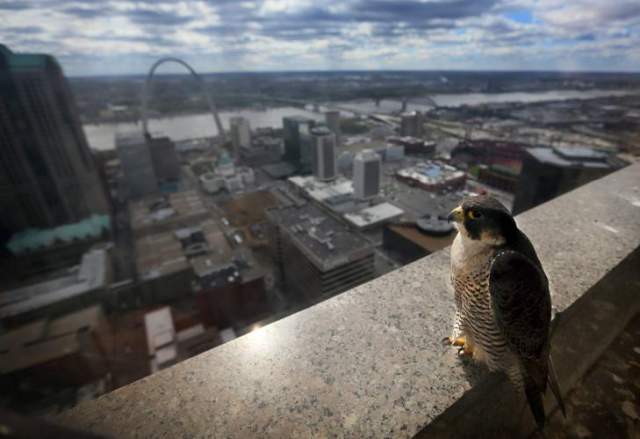
In plenty of North American cities, coyotes have become total urban pros. They’ll weave through parks or even cruise down quiet residential streets after dark like they own the place. I still remember seeing a coyote casually trotting through a park in Chicago one night, it felt surreal! Foxes aren’t shy either; they’re popping up more and more in both European and North American cities, raising their cubs under sheds or along railway embankments. Some folks have even spotted deer or badgers hanging around the edges of town. Honestly, these city-dwelling animals are way tougher (and smarter) than we give them credit for.
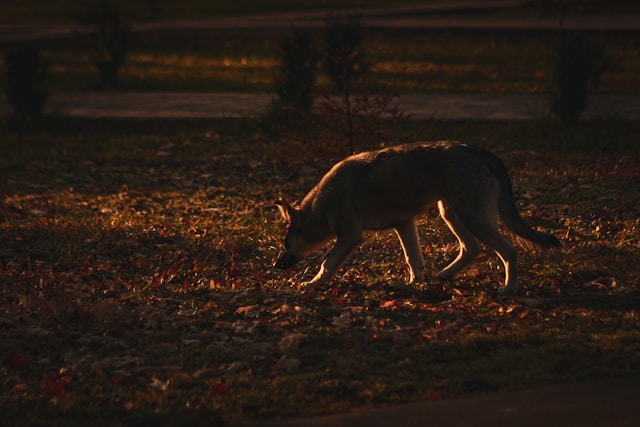
And birds? Many use city parks as pit stops during migration turns out those little green patches are lifelines for traveling flocks.
Surprising Behaviors and Adaptations
The way animals adapt to city life is kind of mind-blowing. We’ve all seen those raccoons, the ultimate masked bandits, opening “animal-proof” garbage bins like it’s nothing. That’s not luck; it’s learned behavior passed from one generation to the next.
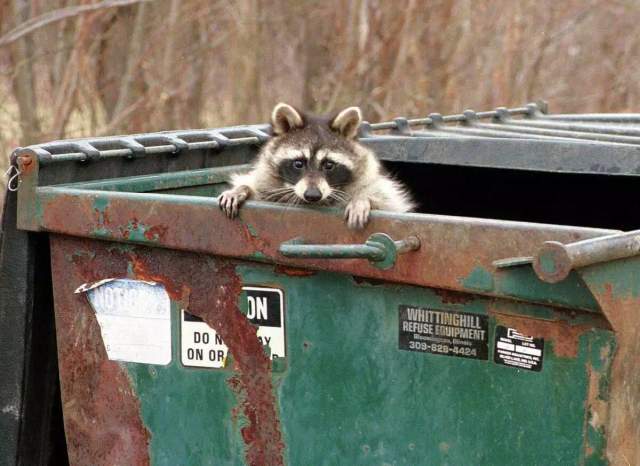
Crows and ravens take things up another notch. Urban crows in Japan have been caught dropping nuts onto busy roads at crosswalks, waiting for cars to crack them open, then swooping in when the lights turn red to snatch their snack. How clever is that? Some birds have even started using cigarette butts in their nests because the chemicals help keep mites away from their chicks who would’ve guessed?
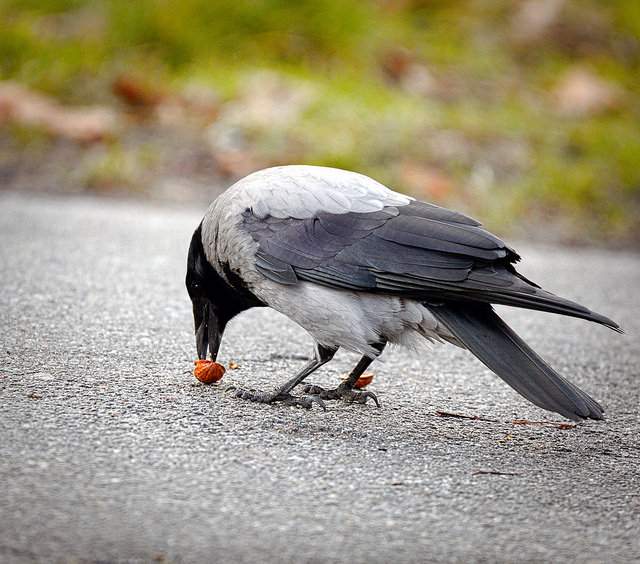
These creatures are classic examples of synanthropic species that means they benefit from hanging out near humans and making use of our built environments. Their ability to adapt is just wild! For example, some cockroaches have evolved to avoid sweet baits meant to trap them (talk about a survival strategy), while pigeons can actually navigate using landmarks and even sense Earth’s magnetic field!
Why Cities Aren’t Just Concrete Jungles
It’s super easy to write off cities as places where nature can’t survive but honestly, that couldn’t be further from the truth. Cities can be shockingly diverse ecosystems with all sorts of life tucked away if you know where to look.
Biodiversity Hotspots in Disguise
Believe it or not, cities can be secret hotspots for urban biodiversity. Think about it: Parks, gardens, cemeteries (yep!), railway embankments, all these places offer mini-habitats for plants and animals alike. Even canals count! These green (and sometimes blue) spaces act as little islands where wildlife can thrive.
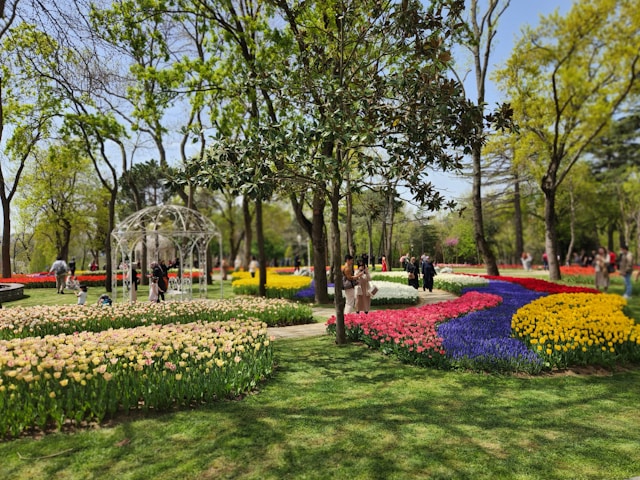
Here’s something cool: Research shows some cities actually support more species than surrounding farmland does! That’s because urban areas often offer a bunch of different microhabitats plus a steady food supply year-round. It turns out understanding a bit about urban ecology helps us see how these fragmented spaces work together to support life even if it looks patchy on a map.
The Ecosystem Services They Provide
So what do we get out of sharing our cities with wildlife? Actually a lot! Bees, butterflies, beetles, and other pollinators love urban gardens and parks; without them we wouldn’t have nearly as many flowers or fruits around town.
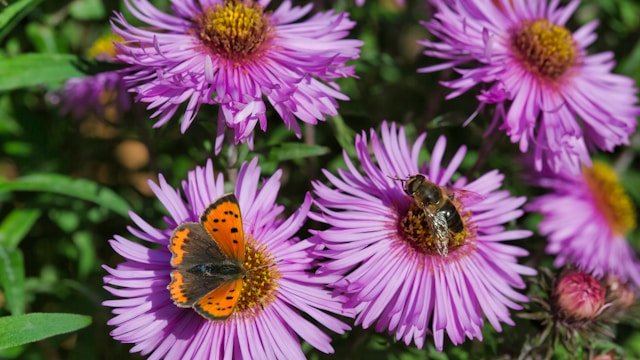
Then there are birds and bats, they help keep insect populations (like mosquitoes) in check. And scavengers such as foxes or opossums do us a favor by cleaning up carrion or food scraps left behind on sidewalks or in alleys.

But maybe best of all? Having wildlife around can seriously boost our mental health and make us feel connected to something bigger than ourselves even smack dab in the middle of downtown.
Challenges and Triumphs of Urban Wildlife
Of course, life isn’t always easy for our wild neighbors navigating city life. They face some pretty tough challenges but there’s good news too: people are starting to pay attention and help out more than ever before.
Navigating the Urban Maze
Let’s talk about what makes city living tricky for animals. First up: habitat loss, buildings go up where forests used to be. Roads slice up whatever green space is left (hello traffic hazards). And pollution from runoff in waterways to plastic litter is a constant threat.
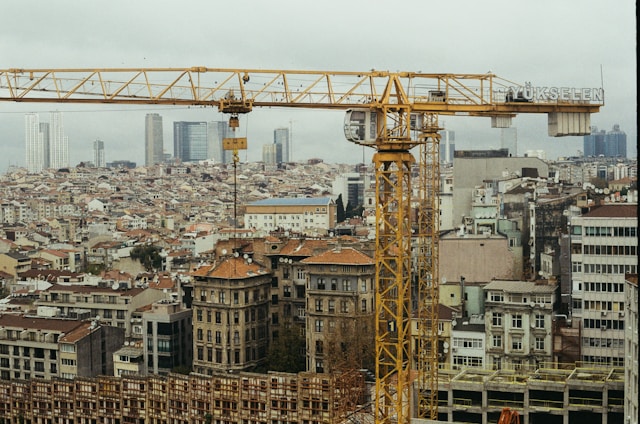
One thing people don’t always think about is noise pollution. All that traffic and construction noise really messes with animal behavior! Birds might start singing louder or at different pitches just so they can be heard over the din which actually stresses them out and makes things like finding mates or avoiding predators harder than it should be.
Light pollution is another sneaky problem, it confuses nocturnal animals’ hunting patterns or migration routes since it messes with natural day-night cycles.

Conservation in the Concrete Jungle
But here’s where things get hopeful: tons of urban wildlife conservation efforts are popping up everywhere lately! Cities are working hard to create connected networks of parks or “wildlife corridors” so animals can move around safely without getting stranded by highways or buildings.
Some creative solutions include:
- Green roofs/walls that double as habitats while cooling buildings
- Artificial nesting boxes for birds like swifts or raptors
- Managing parks with wildlife in mind (leaving some areas unmown, making log piles for insects)
- Educating folks about how we can peacefully coexist with our wild neighbors
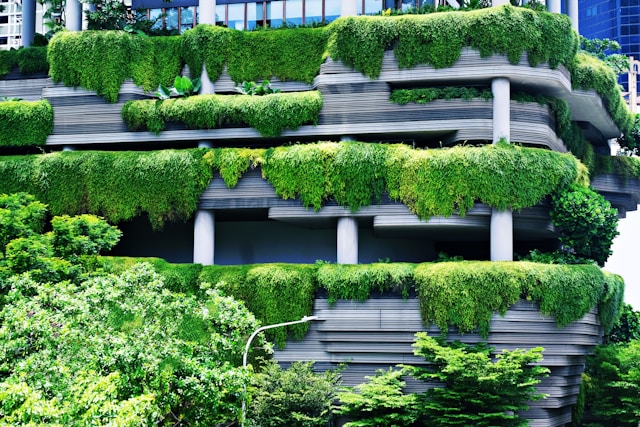
All these efforts show that when people care and get creative, we really can make space for wildlife right alongside our busy human lives.
Become an Urban Wildlife Explorer
Guess what? You don’t need a ticket to Yellowstone to see awesome wildlife, your own neighborhood has its own safari if you know what to look for!
Tips for Safe and Respectful Observation
If you’re curious about spotting urban critters without stressing them out (or yourself), here are a few quick tips:
- Keep your distance, no chasing or petting; binoculars work great!
- Don’t feed them, it messes with their instincts and could cause problems down the line.
- Secure your trash so nobody gets into trouble scavenging leftovers.
- Watch your pets, keep dogs leashed around wildlife areas; try keeping cats indoors at night since they love hunting small creatures.
- Be quiet, move slowly and talk softly so you don’t scare anything off before you even spot it!
Your City: A New Wilderness
Once you start paying attention, you’ll realize there’s more going on around you than meets the eye: bird songs ringing through courtyards, squirrels stashing nuts along fences, bees bouncing between balcony flowers… Every park bench or alleyway hides its own tiny drama!
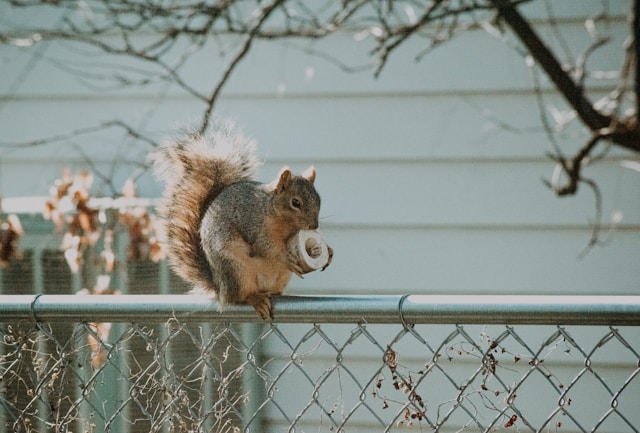
Learning about your local city-dwelling wildlife turns boring commutes into mini-adventures, you never know what surprise encounter awaits around the next corner.
Conclusion: A Wilder City Than You Imagined
So here’s the deal: The world of urban wildlife is packed full of surprises from brilliant crows solving puzzles on busy streets to falcons soaring above skyscrapers or raccoons showing off their lock-picking skills at midnight dumpsters.
Understanding how these creatures live alongside us and why they matter not only changes how we see our cities but also reminds us these places aren’t just ours alone. Every streetlight-lit intersection hides a little wildness waiting to be discovered.
Next time you head out even if it’s just for groceries, keep an eye out…you might just meet an unexpected neighbor who calls your city home too!
